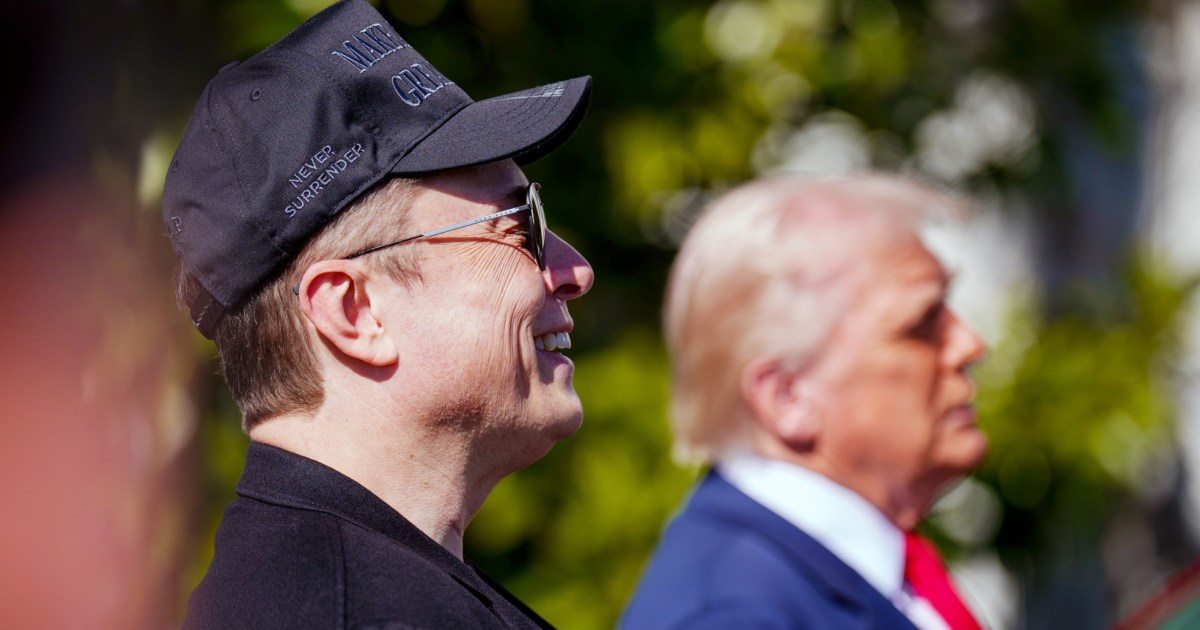In an unprecedented move, Minnesota is straying from federal COVID-19 vaccine guidance.
The move comes after an executive order by Gov. Tim Walz to maintain vaccine access.
“The recommendations are that every adult should also be vaccinated,” said Dr. Ruth Lynfied, medical director and state epidemiologist with the Minnesota Department of Health.
On Monday, MDH announced a standing order empowering pharmacists to give COVID-19 vaccinations to those who want them.
The state agency recommends the vaccine for those six months and older, while strongly recommending it for people with underlying conditions. It comes amid drastic changes to vaccine guidance under Health and Human Services Secretary Robert F. Kennedy Jr., a known vaccine skeptic.
Most recently, the Centers for Disease Control voted to drop the recommendation for most adults to get vaccinated. In August, the FDA limited COVID-19 vaccines for most age groups.
“Vaccines can prevent severe disease, and we want people to use the tools that we have available,” said Lynfield.
The state said it followed guidance from the American Academy of Pediatrics and American Academy of Family Physicians, among others. Those associations recommend the vaccine for kids under the age of 2, pregnant women and anyone at high risk for severe illness.
Lynfield said allowing widespread access, despite the new federal restrictions, is key.
“We wanted to ensure that anyone in Minnesota who wanted protection against severe disease from COVID-19 should be able to receive the vaccine,” said Lynfield.
When asked if insurance will cover the COVID-19 vaccine, Lynfield said, “We are optimistic that there will be coverage.”
Lynfeld said she hopes to learn more in the coming days, but Walz’s executive order started the conversations between MDH and insurance providers.
“We just need to wait a little while for the insurance companies and the health plans to catch up with everything that’s been happening,” said Lynfield.
Last season, Lynfield reported that 5,914 people in the state were hospitalized for COVID, with most being 65 or older.
As for how bad COVID will be this year, Lynfield said that’s just too hard to predict.
Source link

